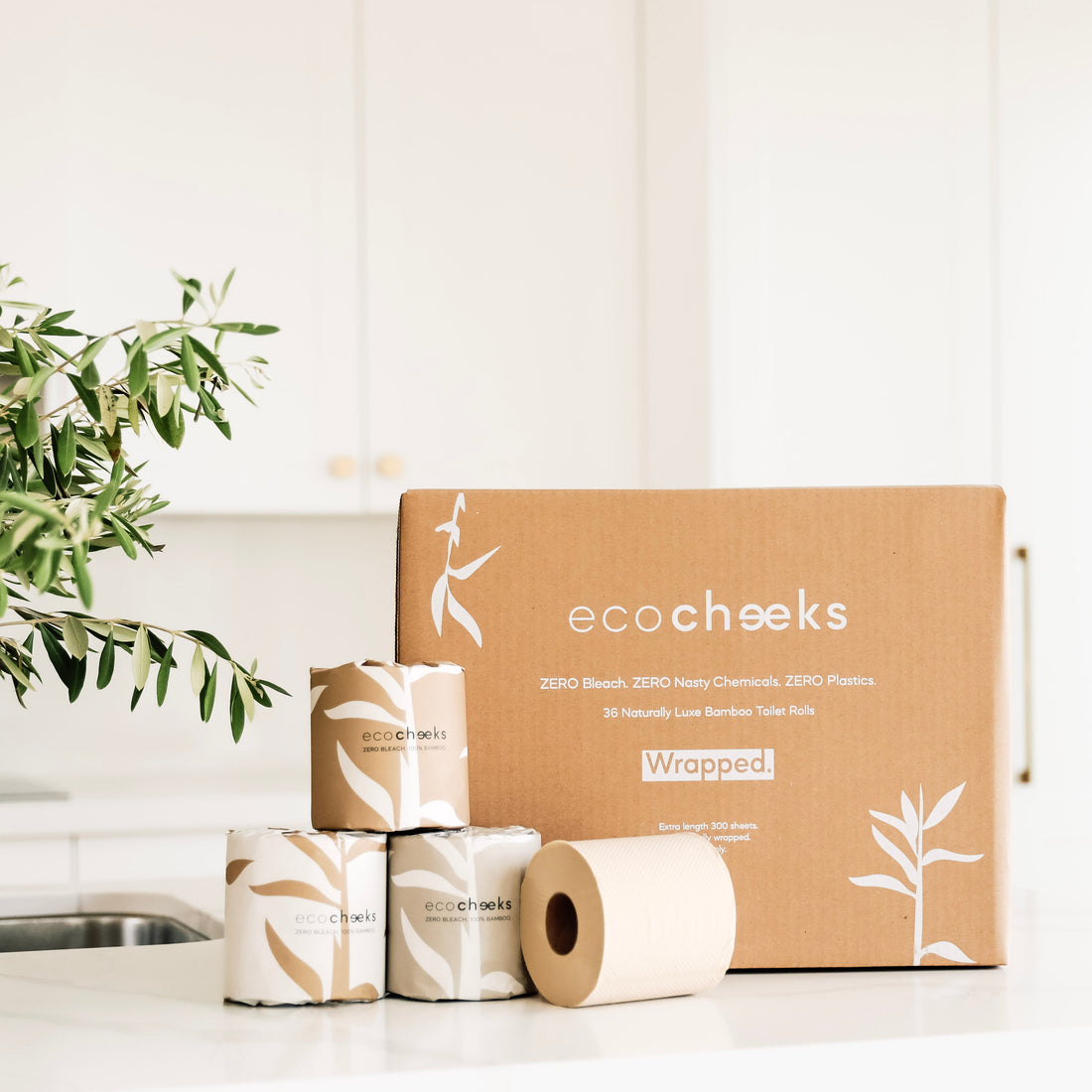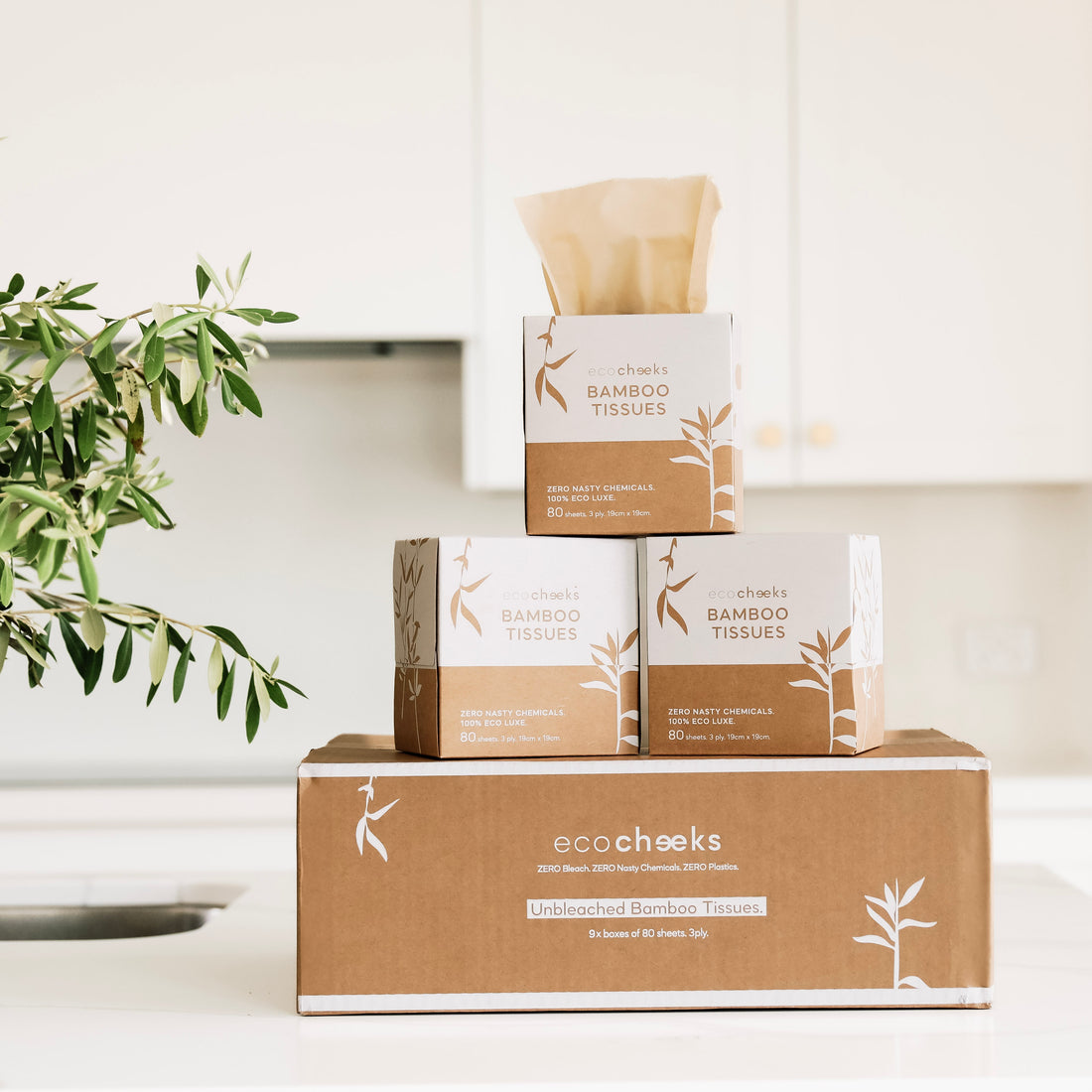
Per- and polyfluoroalkyl substances (PFAS) are a group of human-made chemicals that have gained significant attention due to their potential health and environmental risks. These substances, found in a wide range of consumer products, have been detected in unexpected places, including toilet paper. We'll get a little science-y with you, and delve into what PFAS are, where they come from, their health implications, and how they have been found in seemingly innocuous products like toilet paper.
Lastly, we took it unpon ourselves to have our toilet paper independently tested, to ensure product safety. You can see the details below.
What Are PFAS?
PFAS, short for per- and polyfluoroalkyl substances, are a class of synthetic chemicals characterized by strong carbon-fluorine bonds. These bonds make PFAS highly resistant to heat, water, and oil, which has led to their use in various industrial and consumer applications. PFAS are further divided into two main subgroups:
- PFOA (Perfluorooctanoic Acid) and PFOS (Perfluorooctane Sulfonate): These are two of the most extensively studied PFAS compounds. They have been used in the manufacturing of non-stick cookware, stain-resistant fabrics, firefighting foam, and more.
- Short-Chain PFAS: These compounds have shorter carbon chains and are used in products such as fast-food wrappers, waterproof clothing, and firefighting foams.
Where Do PFAS Come From?
PFAS are pervasive due to their extensive use in various industries. Some common sources include:
- Industrial Manufacturing: Historically, PFAS were used in the production of many consumer products. Even though some of the most problematic PFAS have been phased out, they still persist in the environment.
- Firefighting Foam: Aqueous film-forming foams (AFFFs) containing PFAS are used for extinguishing oil-based fires. This has led to PFAS contamination in areas near fire training sites and airports.
- Consumer Products: PFAS can be found in stain-resistant carpets, waterproof clothing, cosmetics and non-stick cookware.
- Food Packaging: PFAS-coated food packaging materials, like fast-food wrappers and microwave popcorn bags, can lead to PFAS exposure through the consumption of contaminated food.
Health Implications of PFAS Exposure
Exposure to PFAS has been linked to several health concerns. Some of these include:
- Cancer: Some studies suggest a link between long-term exposure to PFAS and certain types of cancer, such as kidney and testicular cancer.
- Reproductive and Developmental Issues: PFAS exposure has been associated with reduced fertility, low birth weight, and developmental problems in children.
- Immune System Effects: PFAS can weaken the immune system's response to vaccines and infections.
- Liver and Thyroid Damage: Long-term exposure may harm the liver and thyroid function.
PFAS in Toilet Paper: A Surprising Discovery
In recent years, researchers have uncovered PFAS in unexpected places, including toilet paper. These substances can end up in toilet paper through various means:
- Recycled Paper: PFAS may enter the paper production process through contaminated post consumer materials.
- Water Sources: If the water used in the papermaking process is contaminated with PFAS, it can be transferred to the final product.
- Chemical Additives: Some paper products, including toilet paper, may use chemical additives that contain PFAS.
Independent Testing and Accountability
We take product safety seriously. As part of our commitment to providing safe and reliable products, we have invested in independent testing conducted by the Australian Government, Department of Industry, Science, and Resources. We are pleased to report that, through the testing process, no traces of PFAS were detected in our toilet paper. Please note, there are thousands of PFAS, and the Department of Industry, Science and Resources does only test for the main ones.
This proactive step in ensuring the safety of our products highlights our dedication to transparency and the well-being of our customers. Your trust is of utmost importance to us, and we are committed to delivering high-quality, PFAS-free products.
For more in-depth information on the health and environmental impacts of PFAS, you can explore the following external resources:
- [Australian Government](https://www.pfas.gov.au/ ): Per- and Polyfluoroalkyl Substances (PFAS)
- [The PFAS Project](https://pfasproject.com/ ): An independent resource for information on PFAS contamination.
Remember that being informed about PFAS and choosing products from responsible manufacturers can help reduce your exposure to these potentially harmful chemicals. If you are interested in the results of independent testing for our products, please feel free to contact us directly at hello@ecocheeks.com.au for a copy of the reports. Your safety and well-being are our top priorities.








